The Creative Spirit of the Work
Where aesthetics and real-world decision-making meet is where vehicle concept design thrives and brings into view a creation.
UK-based vehicle concept designer Chris Beatty has been working in the industry for 25 years and, as such, has brought significant experience to bear on his tutorial for The Gnomon Workshop.
Our conversation begins with Chris reflecting on his creative practice and professional profile, explaining that he works predominantly around “Vehicle styling and a lot of work around motorsport. That’s always been my passion. I’m a designer and a 3D artist, so there are two elements to that: One is the design itself, which led me to The Gnomon Workshop. In my work, I get involved with companies like Indycar in America and design for the Indy500. For my work with Indycar, I was responsible for steering the aesthetic of that vehicle and that was really about repurposing an old car, giving it a new body and making it look more grand.”
Chris Beatty's 'Race Vehicle Concept Design' Workshop shows his complete Blender, Photoshop, Illustrator & After Effects workflow.
Creating a Gnomon Workshop Tutorial
In his recent collaboration with The Gnomon Workshop, delivering a race vehicle concept-design tutorial, Chris recalls: “My involvement came out of nowhere. Dan Hale at Gnomon Workshop reached out to me and said, ‘I’ve seen your stuff on social media, and with the work you’ve done on the racing side of things, we want to do a workshop on vehicle design. What can we come up with for that?’ And so, we talked about various ideas. First, we looked at doing a racing car and then decided on doing a flying vehicle. The Gnomon Workshop wanted a road-going thing, so we came up with the idea of a race bike and what we could do to make that more unique. The idea was that it would be canopied, that it would work with gyros, and that it would have some Tron-like wheels. That element of uniqueness would differentiate it from what was out there on the track in reality. We wanted something from 20 years ahead.”
Exploring Creative Iterations
Chris is keen to emphasize that the creative process and its demands, opportunities, and iterations were at the heart of his tutorial for The Gnomon Workshop. “I was given a blank sheet of paper to develop the design and take students through my process, warts and all. There are some screw-ups in there, and I talk about what was wrong with them and how we’d either do them again in the future or how we’d fix them. I really wanted to give the students that view on it. My session for The Gnomon Workshop was effectively live and was focused on me trying to figure out what this thing was going to look like. For instance, we did the frame in one session, but it just didn’t look good enough so I cut and I just said, ‘I’ve done a new frame. Here’s what I’ve done.’ I explained that a key part of the design process is making mistakes, improving on them, and progressing; it’s not about having a perfect run-through to the end – it just doesn’t work like that. I wanted to engage the students in a mindset where it’s okay to experiment and not get it right the first time.”
Watch how Chris Beatty designed this futuristic-yet-realistic machine in his 'Race Vehicle Concept Design' Workshop available now at thegnomonworkshop.com.
Chris further discusses how his tutorial for The Gnomon Workshop was about embracing revisions to a piece of work to find its best version. Chris says, “I come back to some of the stuff that’s available online: I get the impression that it’s very linear: It’s very much a ‘start to finish with no mistakes’ approach. I wanted the takeaway from my class to be that in the real world, that’s not how it works. Something will throw a spanner in the works, so you have to innovate to overcome that rather than prescribe something. I didn’t want to go into software specifics as I wanted it to be more about the process. When you look at software specifics, you’re narrowing down who can get anything from this. I’ll be using Blender, and someone else will use Maya, for example. It was more about ‘This is my process of how I create and how I get to this end result, and it’s not always pretty the whole way through.’ It doesn’t have to be. It doesn’t have to be about amazing presentation-renders at different stages. It’s about getting from here to here with the minimal amount of kerfuffle, but there will always be bits in there that you have to untie and untangle.”
“I talk a lot about what the client will bring back to you in terms of their feedback and criticism and how to steer that. It’s a team effort and a collaboration.” – Chris Beatty
Engaging with Feedback
In discussing his career and its day-to-day requirements – and how that relates to his Gnomon Workshop tutorial – Chris notes how he wanted the session to acknowledge the importance of feedback in a creative collaboration: “I talk a lot about what the client will bring back to you in terms of their feedback and criticism and how to steer that. It’s a team effort and a collaboration. With The Gnomon Workshop tutorial, I had to provide that assessment of where it was going and in the conclusion to my session, I said that it had made me look at where I could improve. Because you don’t often record yourself and commentate over the top of it and analyze what you’re doing, it was fascinating to do that with The Gnomon Workshop. This is the first tutorial I’ve ever done, so for me, it was a learning experience. If people like it, maybe there’s scope to do more.”
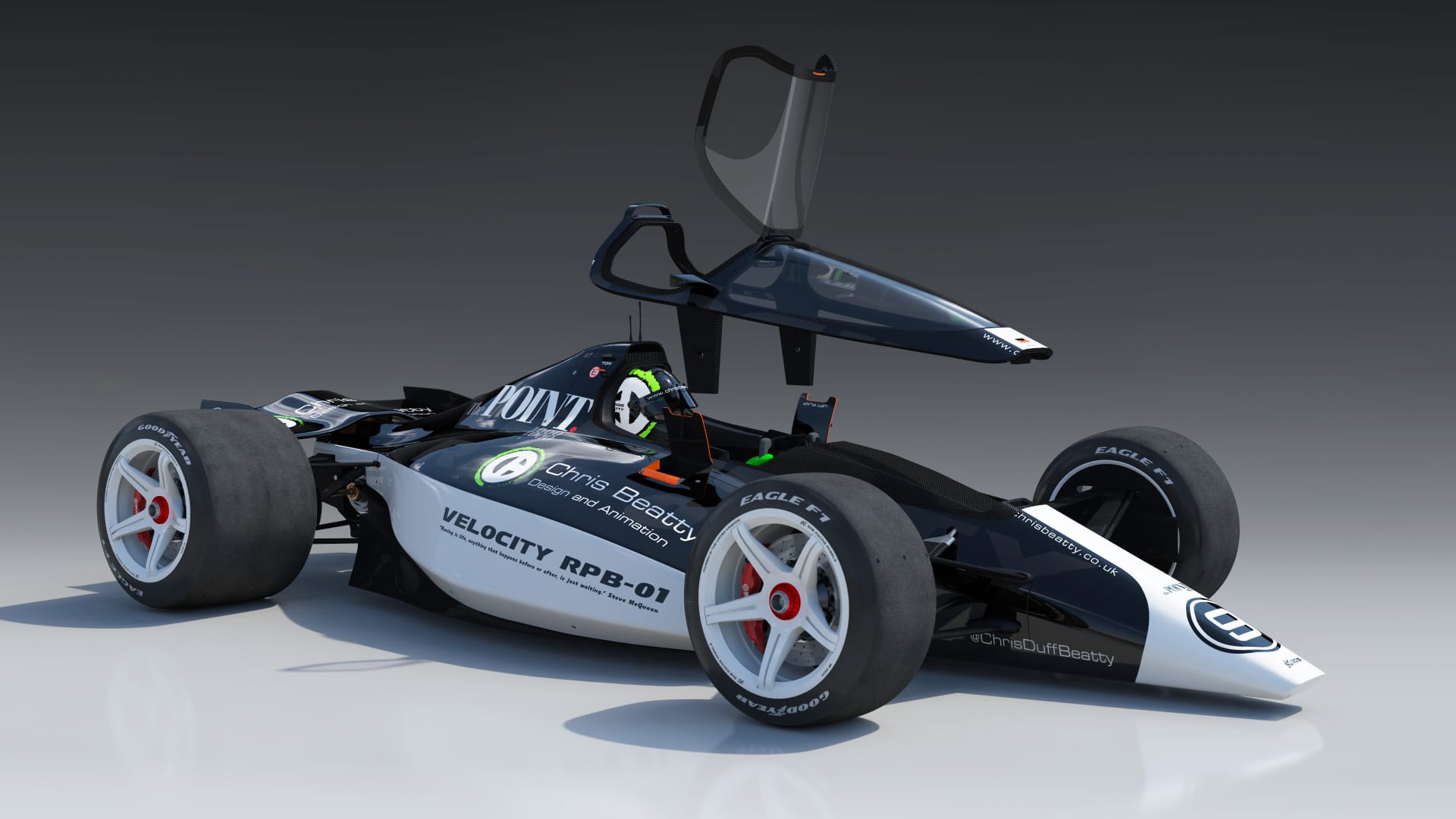
Theory & Practice in Motion: Learning from Teaching
Chris turns his observations to the creative scope that his Gnomon Workshop tutorial offered him, explaining that: “When I did the project for The Gnomon Workshop, it gave me a bit more free rein than I normally would have on this sort of thing: I could inject a little bit of sci-fi into it, and that was interesting because I’m usually working with something that’s already in existence in terms of the engineering side of it. Usually, it’s already been worked out, and everything has to fit on this chassis, that wheelbase, or whatever it happens to be. The Gnomon Workshop was good fun from that standpoint, and I tried to bring some real-world experience into that tutorial in terms of the way that the bike was made up. It had a chassis that would probably work, but an engineer would probably look at it and ask, ‘What the hell are you doing ?’ But, from a layman’s standpoint, it was a feasible frame. You then get to that point where you’ve worked out the volume, and what I’ll tend to do is bring it into drawing software and just draw over the top of it and draw in the little details and see what is going to work and what isn’t going to work. I’ll then pull them into 3D and model them in detail because you can render a rough form and smooth it off. It’s a bit rough and ready, but, again, you can put stuff in front of a client and say, ‘Is this what you’re thinking?’ without taking it too far and committing too early on.”
Striking a balance between what’s practically feasible and what the imagination suggests is a fundamental dynamic in Chris’s work, and he observes that “I tend to take a less-is-more approach to what I’m doing and not to overcomplicate or over-style things. You’ve got to get that underlying form right before you put anything else on it. You look at any classic car design: it’s simple.”
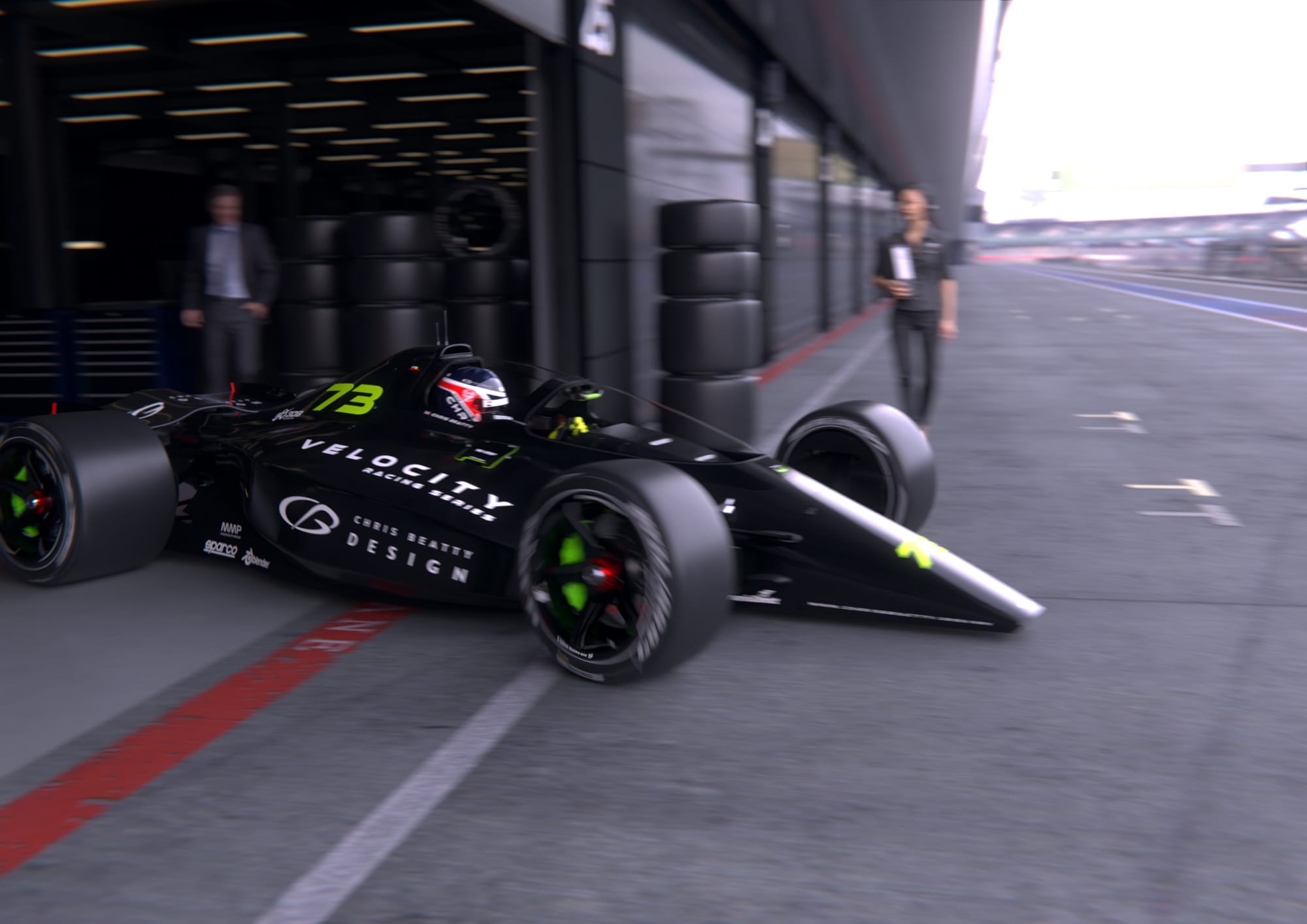
“Everything that I design – especially a racing car or a sci-fi project, like the bike project for my Gnomon Workshop tutorial – has got to be a balance of elegance and aggression.” – Chris Beatty
Reality & Fantasy
While work in vehicle concept design is Chris’s professional focus, he notes that he has long been interested in movies, explaining that: “The movie side has always intrigued me. I’ve always been a bit of a Star Wars nut. When I’ve got some downtime, and I do a project just for myself, with a learning element to it, the main part of that was very much about the lived-in, weathered, Star Wars aesthetic.”
Chris’s observation then brings him full circle, and he reconnects his aesthetic notes with his Gnomon Workshop tutorial: “Whenever you’re designing anything, you’ve got to design it so it could actually work or function; even if it’s sci-fi like making the bike work for The Gnomon Workshop.”
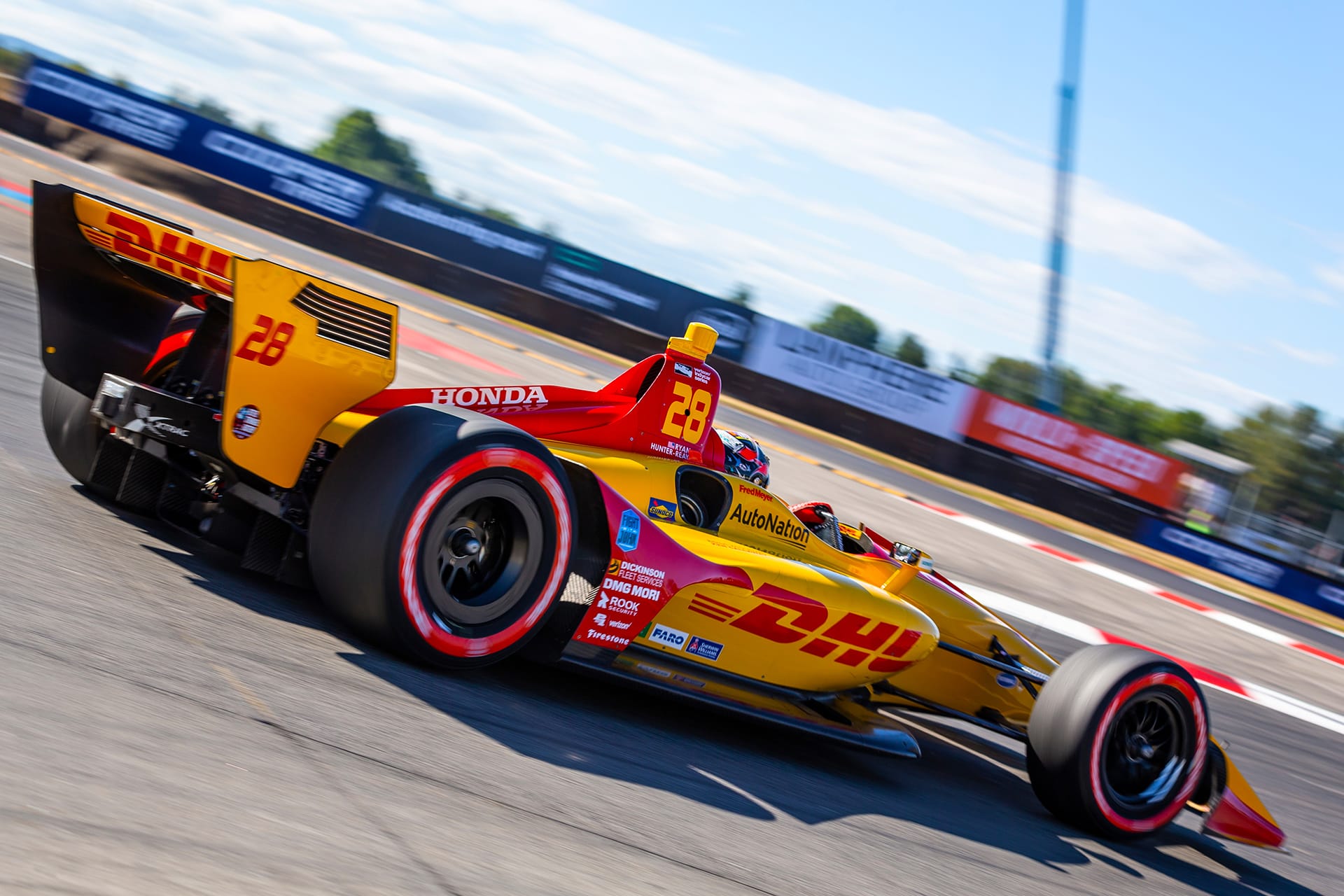
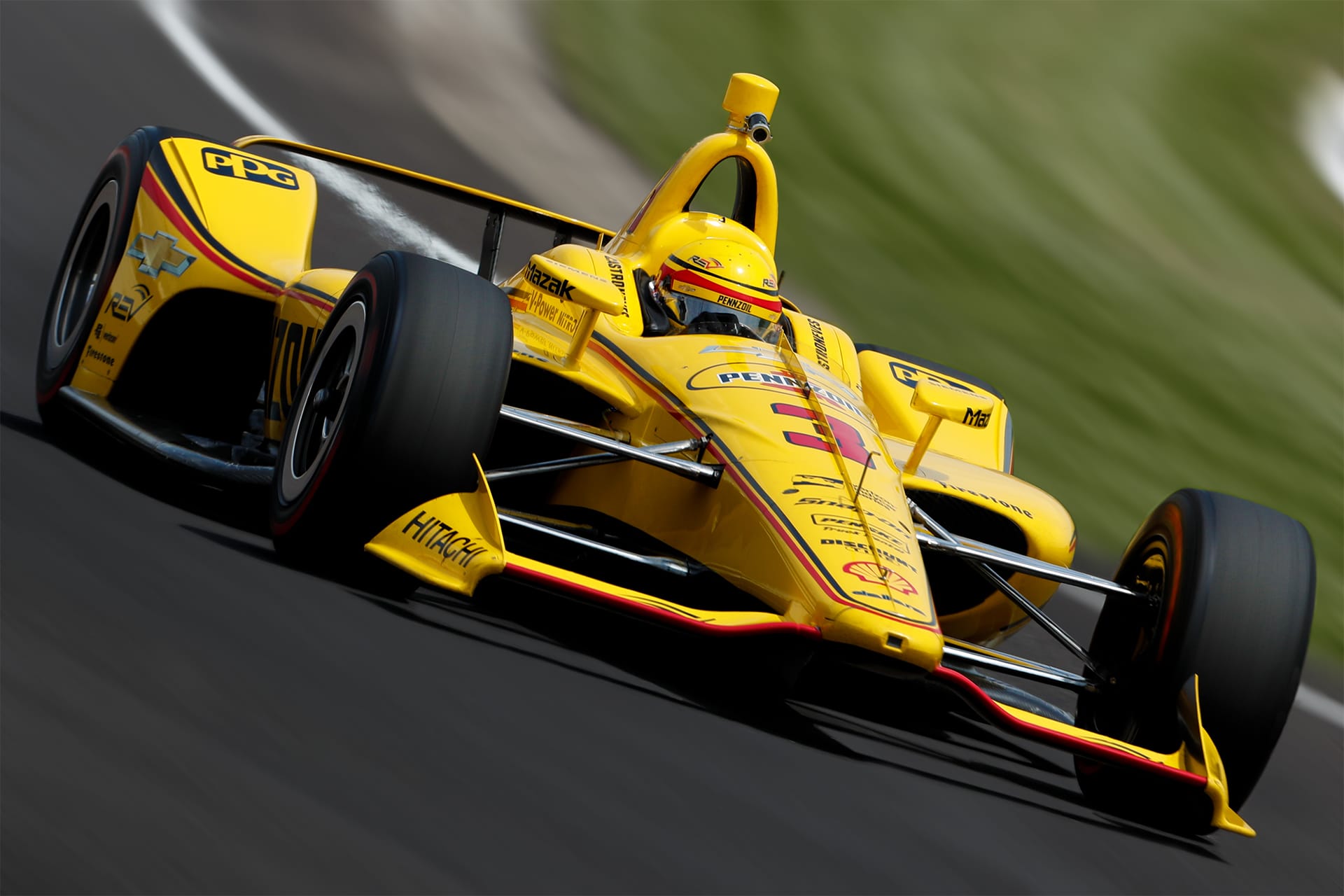
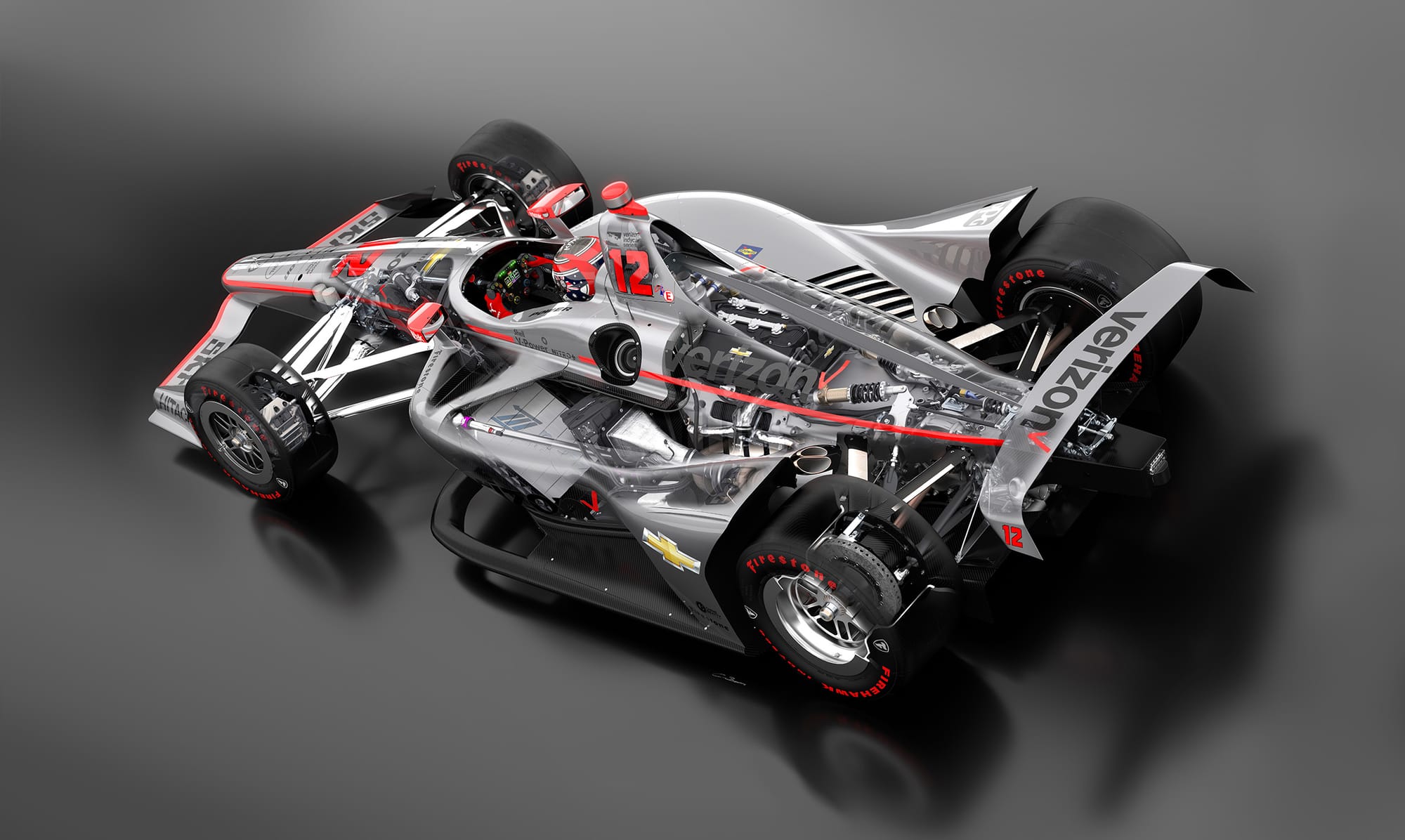
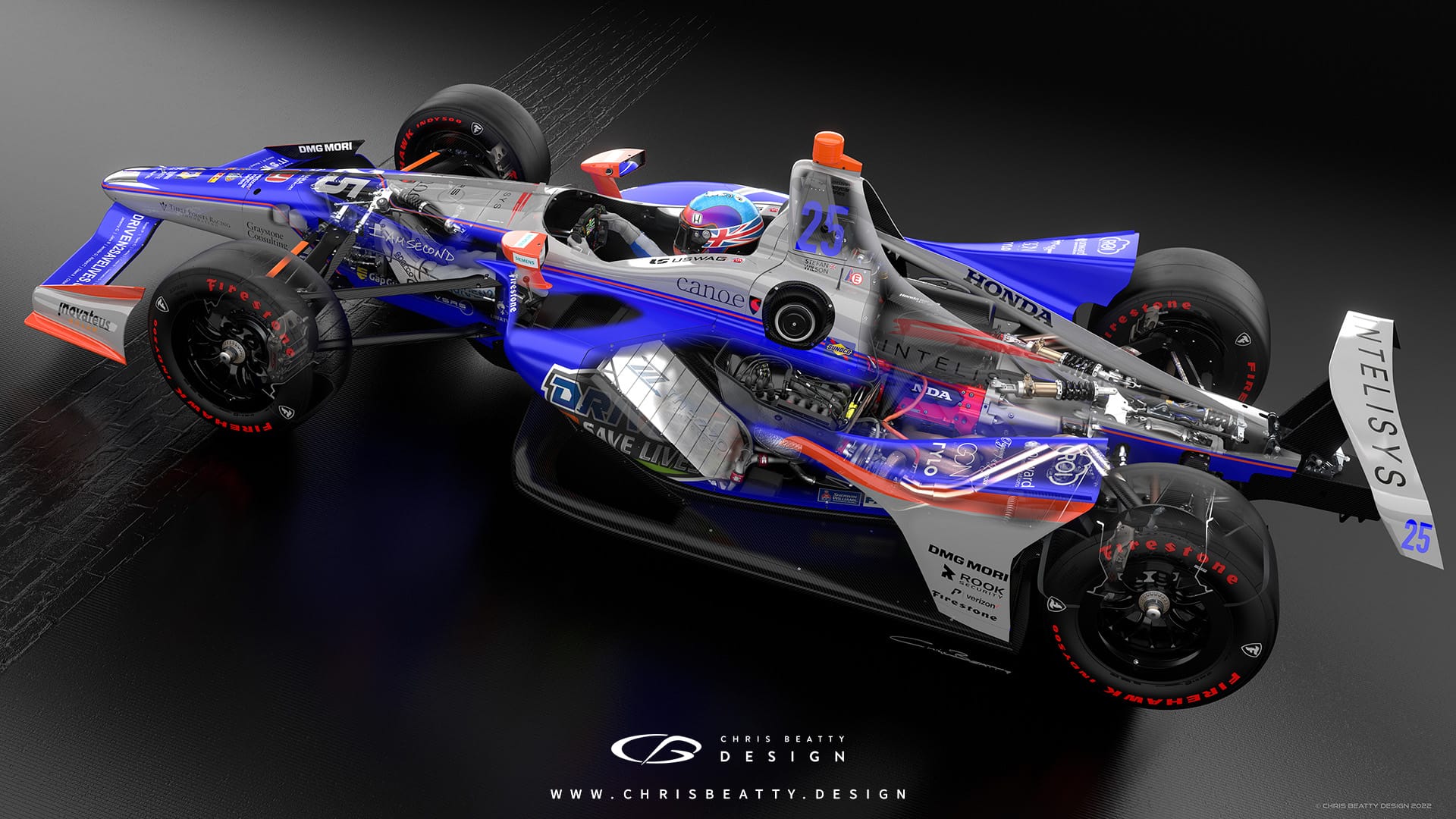
Vehicle concept designs by Chris Beatty.
Chris brings our conversation to a close by restating his fundamental creative aspiration: “Everything that I design – especially a racing car or a sci-fi project, like the bike project for my Gnomon Workshop tutorial – has got to be a balance of elegance and aggression.”
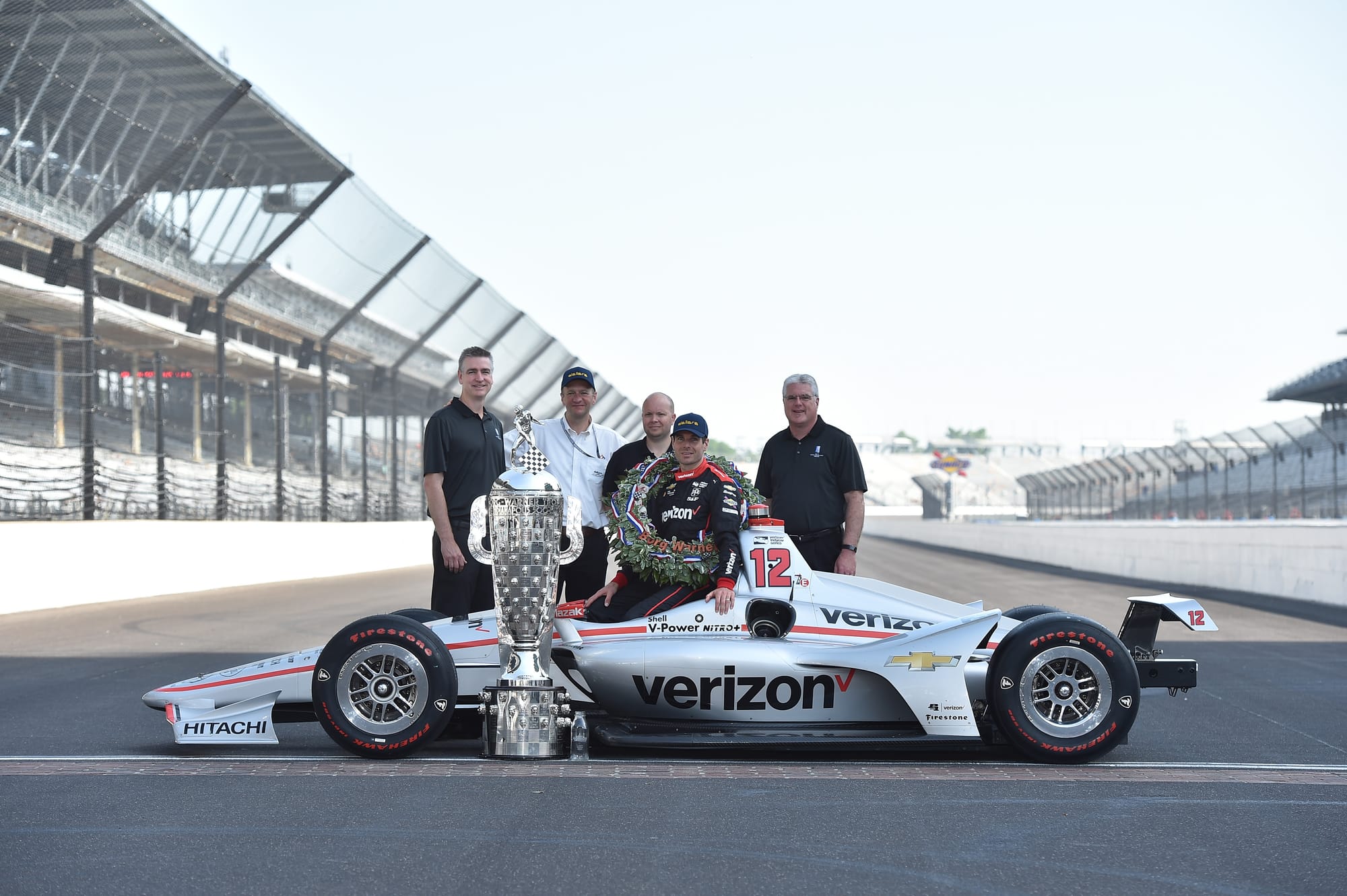
Check out Chris Beatty’s comprehensive workshop covering his Race Vehicle Concept Design process:
Chris Beatty's 'Race Vehicle Concept Design' Workshop is streaming now at thegnomonworkshop.com.

James Clarke
James Clarke is a writer specializing in animation, VFX & concept art. He often contributes to ImagineFX and is a BAFTA-longlisted producer in the Best Short Film category. Follow on IG @Jameswriter72

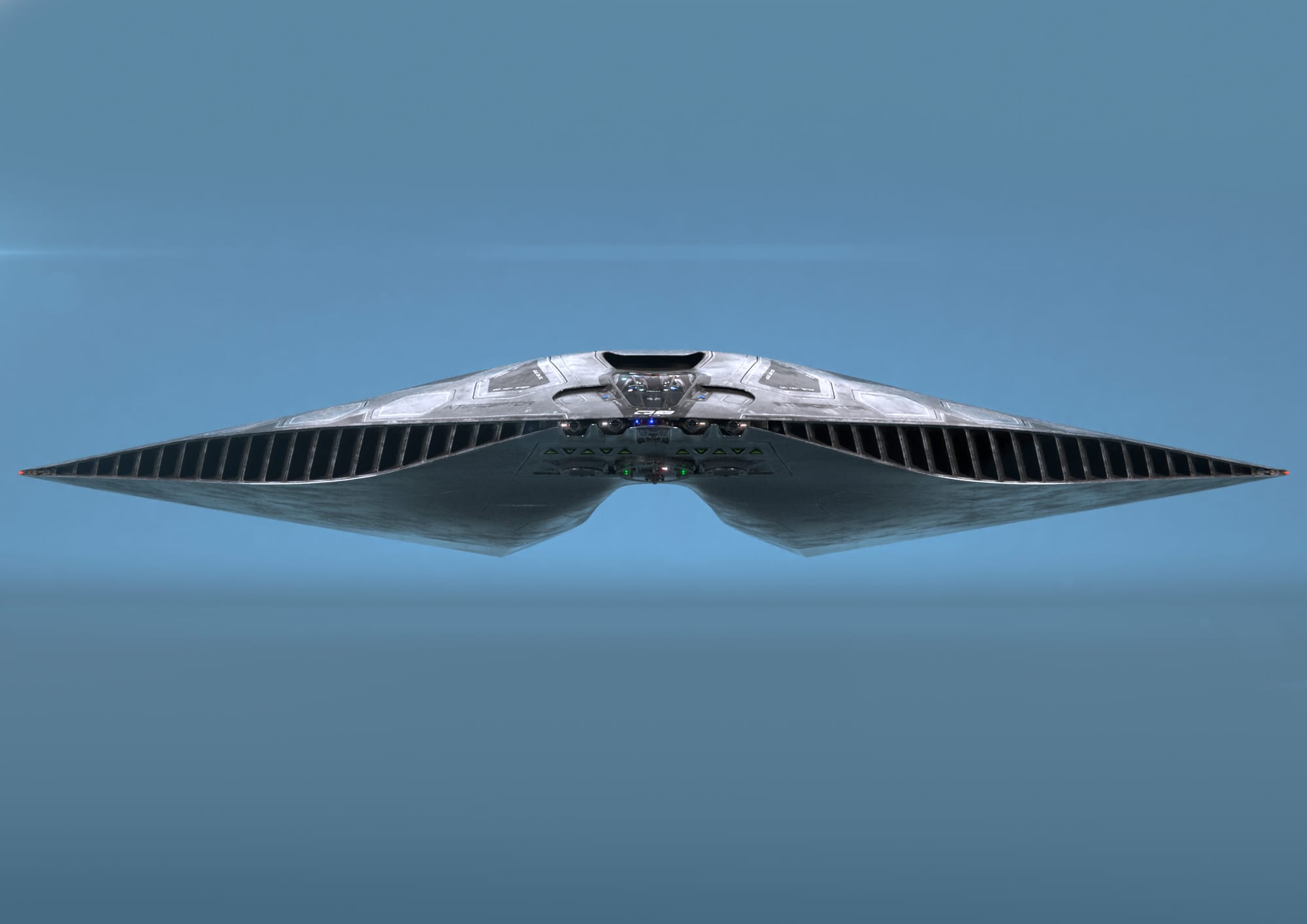


Related News
Beauty in the Beast: Neville Page on Burnout, Mindset & Creative Survival
May 07, 2025
Beauty, Beasts & Better Pipelines: Neville Page on Digital Design & Practical Makeup
May 07, 2025
Capturing Assets & Environments for Call of Duty: An Interview with Gui Rambelli
Feb 10, 2025